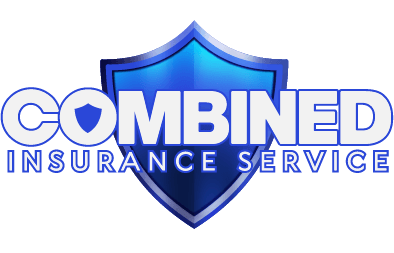When purchasing an automotive vehicle, such as a car or motorcycle, there are several insurance coverages you should consider. Here are some common types of insurance coverage for automobiles:
- Liability Insurance: Liability insurance is typically a legal requirement in most jurisdictions. It provides coverage for injuries or property damage you may cause to others in an accident. It includes bodily injury liability, which covers medical expenses and lost wages for the other party, and property damage liability, which covers damage to other vehicles or property.
- Collision Insurance: Collision coverage pays for the repair or replacement of your vehicle if it is damaged in a collision, regardless of who is at fault. It helps cover the cost of repairs up to the actual cash value of your vehicle.
- Comprehensive Insurance: Comprehensive coverage protects against damage to your vehicle that is not caused by a collision. It covers incidents such as theft, vandalism, natural disasters, falling objects, and damage from fire or flood. If you have a lease or loan on your vehicle, the lender may require comprehensive coverage.
- Personal Injury Protection (PIP) or Medical Payments Coverage (refer to each state’s laws): PIP or medical payments coverage provides coverage for medical expenses, lost wages, and other related costs for you and your passengers regardless of fault in an accident. The specific coverage and limits may vary depending on your location and policy.
- Uninsured/Underinsured Motorist Coverage: This coverage protects you if you are involved in an accident with a driver who does not have insurance or has insufficient coverage. It helps cover medical expenses, lost wages, and property damage caused by the uninsured or underinsured driver.
- Gap Insurance: Gap insurance is typically recommended if you have a lease or loan on your vehicle. It covers the “gap” between the actual cash value of your vehicle and the amount you owe on the lease or loan in case your vehicle is totaled or stolen.

